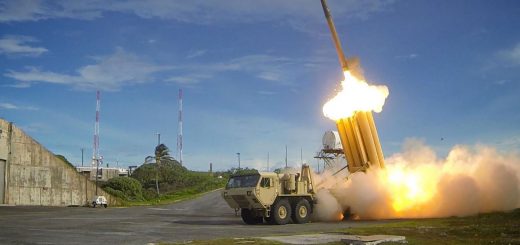Iran continues to return grounded jets to airworthy status
It is now 39 years since the revolution that removed the Shah of Iran, Mohammad Reza Pahlavi, from his throne.
The removal of US support and the imposition of sanctions made it hard for the new Islamic Republic to maintain and operate the high-tech US-supplied aircraft and equipment that had been used by the old Imperial Iranian Air Force, and the number of US aircraft in service dwindled rapidly.
Remarkably, however, Iran’s defence industry has gained sufficient capabilities to keep a surprising number of these now venerable warplanes operational, and has even managed to return many long-grounded aircraft to service, using a combination of reverse-engineered and clandestinely acquired parts and components, and sometimes by integrating new and non-US systems and weapons.
In April 2018, the Iranian Islamic Republic Air Force announced that it had successfully overhauled a US-made fighter aircraft, returning the MDD F-4E Phantom II to service after having been grounded “for several years” at Mehrabad’s Shahid Lashkari Air Force Base.
The aircraft was returned to service after an 18-month, 18,000 man-hour overhaul. As a result, the sharp end of the Islamic Republic of Iran Air Force continues to rely on some of the very same aircraft that provided the vanguard of the old Imperial Iranian Air Force in the days before the revolution.
The F-14A Tomcat remains arguably the most important frontline fighter type, and is still augmented by McDonnell Douglas F-4 Phantoms (the most numerous fighter type in service), as well as by more recently acquired fighters from China and Russia. The P-3 Orion still serves as Iran’s primary antisubmarine warfare (ASW) and maritime patrol aircraft, and SH-3 (AS-61D) Sea Kings continue to provide an inshore and littoral ASW capability.
C-130 Hercules form the backbone of the Iranian transport fleet, while Chinooks and Bell 212s and 214s and AH-1 Cobras account for the bulk of the army and air force rotary wing fleets.
In 2013, there were reports that Iran had signed a contract with the Russian Rosoboronexport arms company to buy 250 Su-30MKM tactical fighters and 20 Il-78 MKI air-to-air refuelling tankers, but the deal was not completed. Eventually, however, a similar procurement is bound to see the Islamic Republic of Iran Air Force finally replacing its ageing US combat aircraft.
Source: Arabian Aerospace – in Defence / Features Friday 2nd of November 2018





















